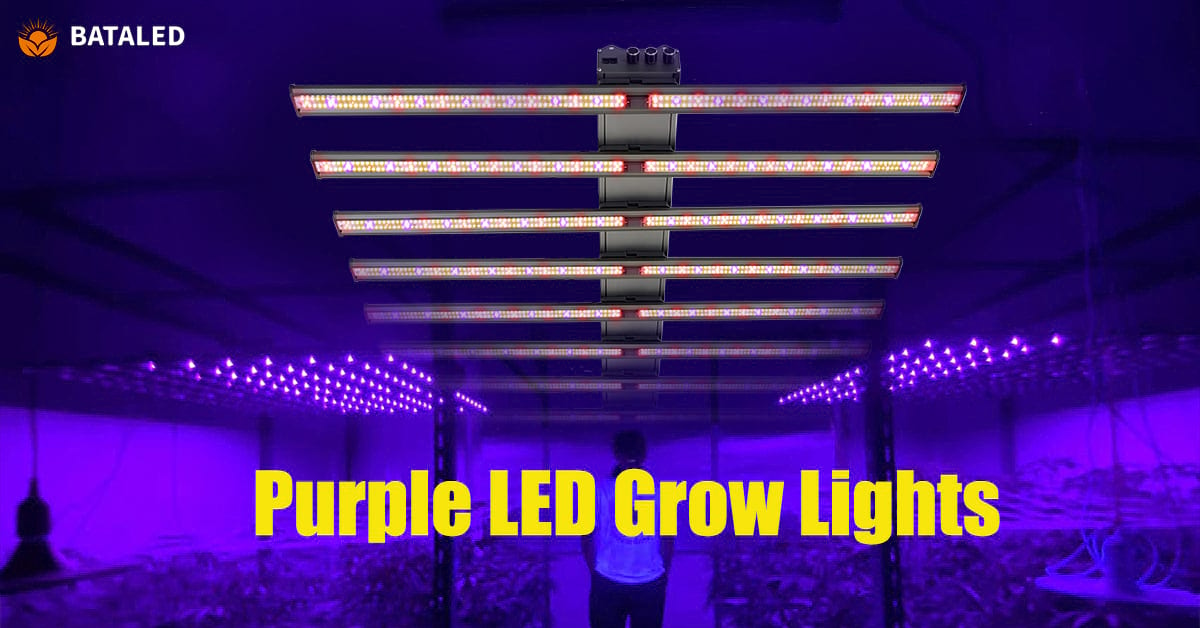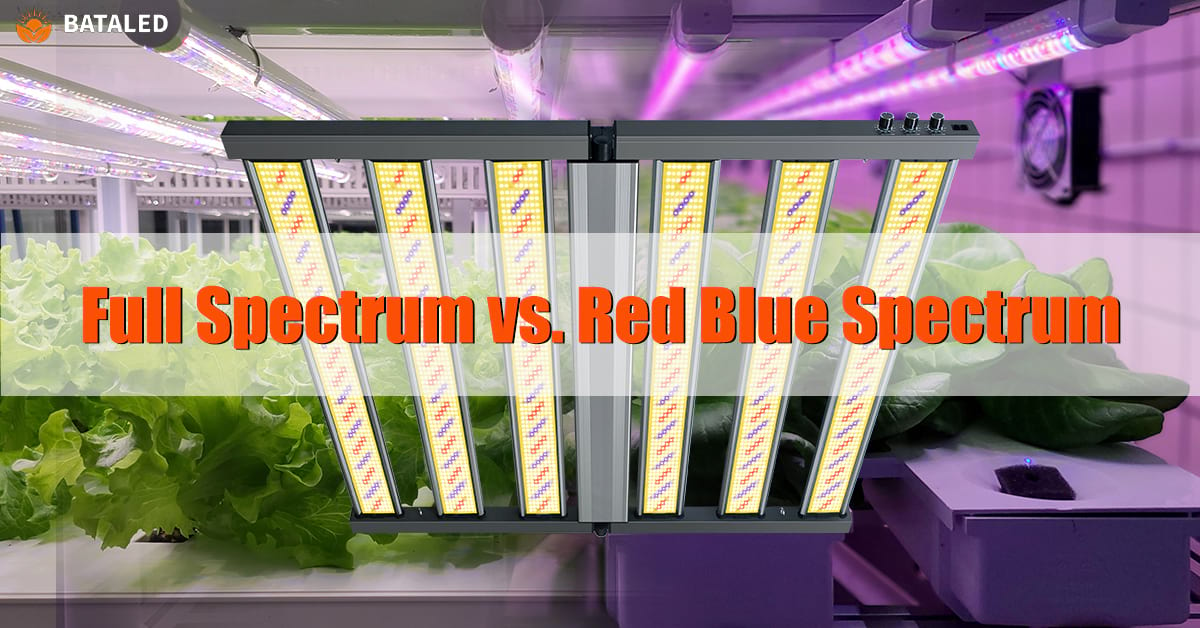Growing Perfect Tomatoes Indoors: Complete Guide of LED Grow Light for Tomato Plants
Why Are Your Tomato Plants Underperforming?
As more people experiment with indoor tomato cultivation, many assume that creating a controlled environment with regular watering and fertilizing guarantees a bountiful harvest. Yet, their plants often end up spindly, with few flowers and small, sour fruits. What’s the missing piece? Lighting strategy is the make-or-break factor!
Whether grown in soil, hydroponics, or aeroponics, the biggest challenge for indoor tomatoes is replicating natural sunlight. Artificial lighting isn’t just a substitute for sunshine—its spectral composition, intensity, and duration directly impact every growth stage, from seed to fruit. Overlook this, and even premium seeds and meticulous care won’t deliver high yields or quality.
In this guide, I’ll show you how to design a high-yield tomato system using LED grow lights, covering spectrum selection, photoperiod management, and stage-specific adjustments to ensure thriving plants.
Tomato Light Requirements Indoors
Light Spectrum: The Plant’s “Nutrition Menu”
Tomatoes don’t just need “brightness”—light is their “food,” and different wavelengths act like nutrients. Just as humans need a balanced diet, tomatoes require specific photon spectra at each growth phase.
-
Full-spectrum LEDs are essential: These lights cover the 400–700 nm “photosynthetically active radiation” (PAR) range, mimicking natural sunlight’s core bands.
-
Dynamic spectrum tuning boosts yields:
-
Seedlings thrive under higher blue light (400–500 nm), which prevents leggy stems and thickens leaves.
-
Flowering/fruiting stages need 70% red light (660 nm; ideal red:blue ratio = 3:1) to stimulate blooms and increase fruit count.
-
Adding 10% far-red (730 nm) and trace UV (380 nm) activates secondary metabolism, enhancing sweetness and lycopene. Philips’ research shows tailored red-blue spectra can raise vitamin C by 15%.
-
Light Intensity (PPFD): The “Energy Meal Plan”
Like humans transitioning from milk to solid food, tomatoes need varying “meals” as they grow. PPFD (photosynthetic photon flux density), measured in μmol/m²/s, dictates their energy intake:
| Growth Stage | Ideal PPFD Range (μmol/m²/s) |
|---|---|
| Germination | 100–200 |
| Seedling | 200–400 |
| Vegetative | 400–600 |
| Flowering | 600–800 |
| Fruiting | 800–1000 |
Pro Tip: Use a PAR meter to customize intensity for your setup.
Photoperiod: The Tomato’s “Biological Clock”
Tomatoes are long-day plants but have stage-specific needs:
-
Germination: Darkness preferred (no light).
-
Seedlings: 14–16 hours to fuel growth.
-
Vegetative: 16–18 hours for rapid development.
-
Flowering: 14–16 hours to mimic seasonal shifts.
-
Fruiting: 12–14 hours to redirect nutrients to fruits.
Darkness matters! Continuous light disrupts sugar transport, shrinking fruits. Allow 6–8 hours of darkness nightly, with temperatures 5°C lower than daytime. Use timers for precision.
Choosing the Right Grow Light
Not all lights suit tomatoes. Compare options:
| Type | Pros | Cons | Best For |
|---|---|---|---|
| LED | Adjustable spectrum, energy-efficient | High upfront cost | Home/professional use |
| Fluorescent | Affordable, low heat | Weak PPFD, poor for fruiting | Seedlings/leafy greens |
| Metal Halide | Blue-heavy for growth | High heat/power use | Large greenhouses |
| HPS | Red-heavy for fruiting | Fixed spectrum, requires cooling | Flowering boost |
Verdict: LEDs are the most versatile and efficient for tomatoes.
Step-by-Step Indoor Tomato Cultivation
Germination
-
Recommended varieties: Dwarf (determinate) or cherry types like Tiny Tim (low-light tolerant), Tumbling Tom Red (hanging baskets), or Oregon Spring (cold-resistant).
-
Care: Soak seeds for 6 hours, plant 1–2 cm deep in vermiculite/coco coir (3:1). PPFD: 100–150; hang lights 50–60 cm high, 12 hours/day. Keep soil at 25–28°C, 60–70% moisture.
Seedling Stage
-
Light: Increase blue light (5000K cool white, 60% blue), PPFD 200–400, 30–40 cm height, 14–16 hours.
-
Care: Use diluted nitrogen-rich fertilizer (e.g., fish emulsion). Let soil dry between waterings to strengthen roots.
Vegetative Stage
-
Light: Full spectrum, PPFD 400–600, 25–35 cm height, 16–18 hours.
-
Care: Prune suckers (use “single-stem” method). Apply balanced fertilizer (NPK 10-10-10) every 10 days. Stake vines and monitor for whiteflies.
Flowering Stage
-
Light: Red-dominant (660 nm, 70%), PPFD 600–800, 20–30 cm height, 14–16 hours.
-
Care: Hand-pollinate (shake flowers or use an electric toothbrush). Use high-phosphorus fertilizer (5-15-15). Keep temps at 20–30°C daytime (pollen dies above 30°C).
Fruiting Stage
-
Light: Add far-red (730 nm) and UV (380 nm), PPFD 800–1000, 15–25 cm height, 12–14 hours.
-
Care: Apply high-potassium fertilizer (0-0-22). Reduce watering before harvest to concentrate flavors. Pick when tops turn red; ripen at room temperature for 20% sweeter fruit.
Advanced Tips for Higher Yields & Flavor
-
Far-red boost: 1 hour of 730 nm light at day’s end increases sugars.
-
CO₂ enrichment: At PPFD >800, add CO₂ (800–1200 ppm) to boost yields by 30–100%.
-
Seaweed spray: Weekly foliar feeds with seaweed + iodine raise lycopene by 35%.
Troubleshooting
Q: Flowers but no fruit?
A: Low light (PPFD <600), poor pollination, or excess nitrogen.
Q: Yellow leaves?
A: Nitrogen deficiency or excessive light—raise lights to 40 cm.
Q: Cracked fruits?
A: Inconsistent watering; switch to drip irrigation.
Q: Leggy stems?
A: Insufficient blue light or lights too high—adjust spectrum and lower to 25 cm.
Q: Burnt leaf edges?
A: Fertilizer burn—flush soil and pause feeding for 1 week.
Conclusion
Growing tomatoes indoors hinges on tailored lighting. By selecting full-spectrum LEDs, fine-tuning spectra/PPFD/photoperiods, and pairing them with proper care, you’ll harvest abundant, flavorful tomatoes year-round!
CATEGORIES
Recommended Post

Where It’s Legal to Grow Cannabis: Ultimate Tips & Cultivation Laws
About Author—Jose Li
Jose, a senior content creator at BATA LED, brings over 5 years of expertise in LED grow light. He delivers valuable insights to help growers and farmers better understand LED grow light technology, empowering them to boost crop yields and quality with advanced lighting solutions.


